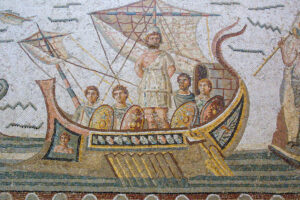
Bardo Museum, Tunisia
The Bardo Museum in Tunis displays the best collection of Carthaginian and Roman mosaics perhaps ever assembled – don’t miss it.
Rotate to landscape to view slideshow
Le Kef is a three-hour bus journey South of Tunis.
We arrive in time to have a look around the kasbah, the old fort that overlooks the city. It is interesting, but the main highlight is probably the views over the surrounding countryside.
Our hotel at Le Kef is probably the worst one we have ever stayed in (the one in Suez would run a close second) but for the price we are paying you can’t expect too much (the bedroom is clean but the shower and toilet area were inadequate to say the least). I regret my choice, but it’s only for two nights, so I convince Jen it will be alright.
Make sure you pay a visit to the Musée des Arts et Traditions Populaires. This ethnographic museum in Le Kef is one of the best of its kind; excellent displays covering arts and crafts and traditional customs that help you understand the local culture.
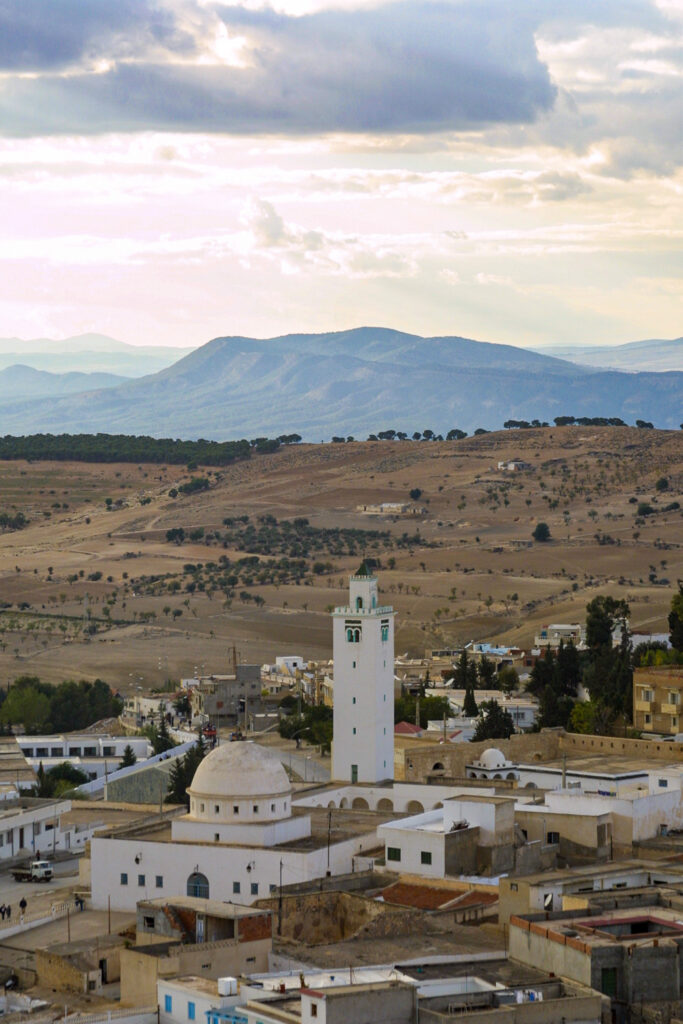
The caretaker at the museum was excellent. He spent a lot of time explaining the displays and answering our questions.
Our real reason for staying at Le Kef is to use it as a base to visit Dougga, the old Roman town about 70km North. Dougga is a site of some of the best Roman ruins around.
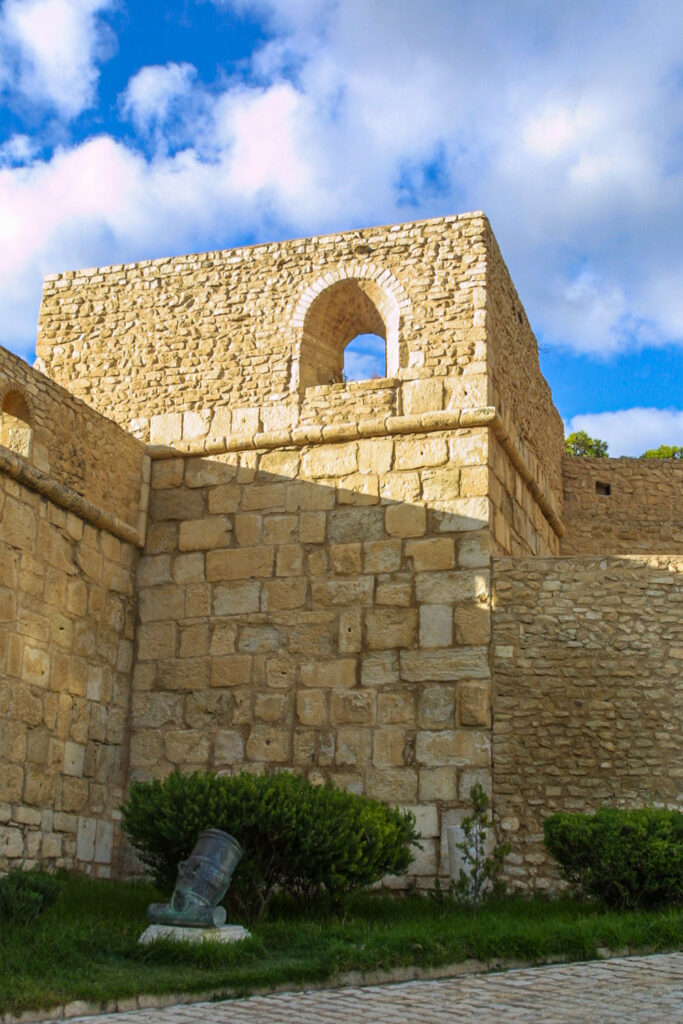

The Bardo Museum in Tunis displays the best collection of Carthaginian and Roman mosaics perhaps ever assembled – don’t miss it.
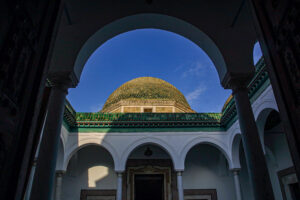
We took the early morning ferry from Trapani (Sicily) to sail to Tunis. We got to the dock at around 7am. The ferry had already arrived, coming down from Sardinia, and the semi-trailers were rolling off.
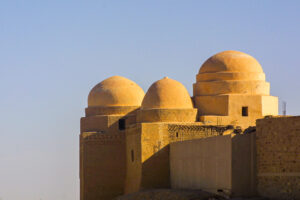
Considered to be the spiritual home of Sufism, Nefta in the South-West of Tunisia near the Algerian border is also home to 350,000 date palms.
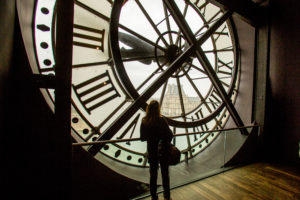
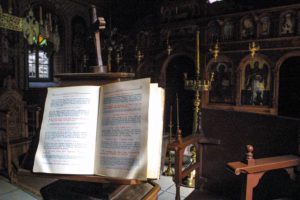
Ypsilos Monastery sits on the top of an extinct volcano. Originally built in 1101 it has had a few reconstructions since.
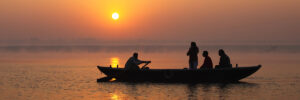
The northern Indian city of Varanassi is sacred place for many religions. It has had a fascination for visitors and pilgrims for centuries